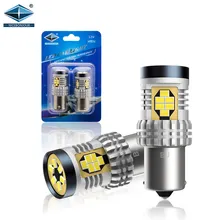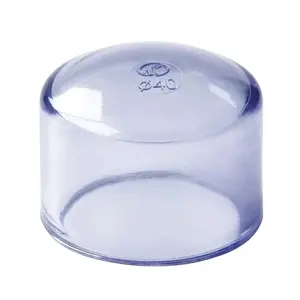Regarding the vehicle's inner workings, numerous components are crucial in keeping it running smoothly. The radiator cap is one such component. While it may seem small and insignificant, the radiator cap is essential to the vehicle's cooling system.
Types of radiator caps
The radiator cap pressure is located on top of the radiator and serves as a seal for the cooling system. Its primary function is to maintain the pressure within the cooling system, which helps to increase the boiling point of the coolant and prevent it from evaporating or boiling over. It is particularly important in high-performance vehicles or those operating in extreme conditions, as it helps to prevent engine overheating and potential damage. Stant radiator cap plays a crucial role in maintaining the optimal performance of a vehicle's cooling system. Several types of radiator caps are available, each serving a specific purpose. The most common types include the standard pressure cap, which regulates the pressure inside the radiator, and the recovery system cap, which allows coolant to draw back into the radiator as the engine cools. Additionally, some vehicles may have a special cap for pressurized systems or a cap with a built-in thermometer for temperature monitoring. Choosing the correct radiator cap that matches the vehicle's specifications is essential to ensure proper functioning and prevent overheating issues.
Key features of a radiator cap
One of the key features of a car radiator cap is its pressure rating. The pressure rating determines the maximum pressure the cap can withstand before releasing excess pressure from the cooling system. It is important because the coolant expands as the engine heats up, creating pressure within the system. The radiator regulates the pressure and maintains a stable and safe operating condition for the engine. Another important function of the radiator cap is maintaining the proper coolant level within the system. Many radiator caps have a valve that allows coolant to flow into the radiator from the overflow reservoir when the engine cools down. Ensures the radiator is always filled with enough coolant, preventing air pockets or low coolant levels that can lead to engine overheating.
Importance of radiator cap
In addition to its functional role, the radiator cap tester also plays a role in vehicle maintenance and safety. A faulty or worn-out radiator cap can lead to coolant leaks, loss of pressure, or even engine damage. Regular inspection and replacement of the radiator cap helps prevent the issues and ensure the proper functioning of the cooling system. It is ideal to replace the radiator cap every two to three years or as the vehicle manufacturer specifies. When selecting a radiator cap, choosing one compatible with the vehicle's cooling system is important. Radiator caps come in various sizes and pressure ratings. The radiator cap may be a small component, but it is vital in maintaining the optimal temperature of the vehicle's engine. By regulating pressure, maintaining coolant levels, and preventing overheating, the radiator cap ensures the efficient and safe operation of the vehicle's cooling system. Regular inspection and replacement of the radiator cap are essential for vehicle maintenance and preventing potential issues.













































 浙公网安备 33010002000092号
浙公网安备 33010002000092号 浙B2-20120091-4
浙B2-20120091-4